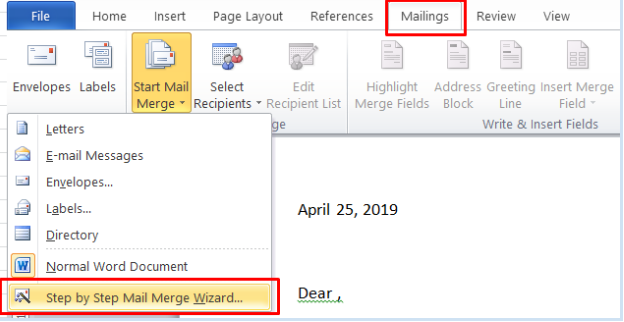

If the image does not cover the full square, the background needs to be transparent. It's fine if the image for a button covers the full square. But it's worth it for the image quality and transparency that png provides.įor tehnical information on image format see RibbonX Image FAQ by Eric Faller at Jensen Harris's blog. png file because you have to use GDI+ to load it. It's a bit trickier for the developer to use a. The best format is png, with a transparent background if the image does not cover the entire square of 32×32 pixels or 16×16 pixels. ico file, and you need to unenable a button to show that it is not relevant in some circumstance, then Word can't show the button as 'greyed out'. So it's important to produce all images for custom controls in two versions: at 32 x 32 pixels and at 16 x 16 pixels. In some cases, a 32×32 image on a normal-sized control will look fine. Generally, using a 16×16 image on a large control looks terrible.

Group images are always displayed at 16 x 16 pixels. In Word 2010, we can allocate an image to a group, as well as to an individual control. There are two sizes of images used in customizing the Ribbon: This article identifies issues in creating images used to customize the Ribbon in Word 2007 and Word 2010.įor lots of images of the Ribbon, see Word 2007 and Word 2010: Ribbon tutorial. Those new controls can have custom images. Microsoft introduced the Ribbon to replace toolbars.ĭevelopers of templates and tools can customize the Ribbon by adding new tabs, groups, buttons, menus etc to the Ribbon. The best images to use as controls (eg buttons) on the Ribbon are:įor time immemorial, Word had toolbars (also known as command bars) at the top of the screen, with buttons to invoke commands.


 0 kommentar(er)
0 kommentar(er)
